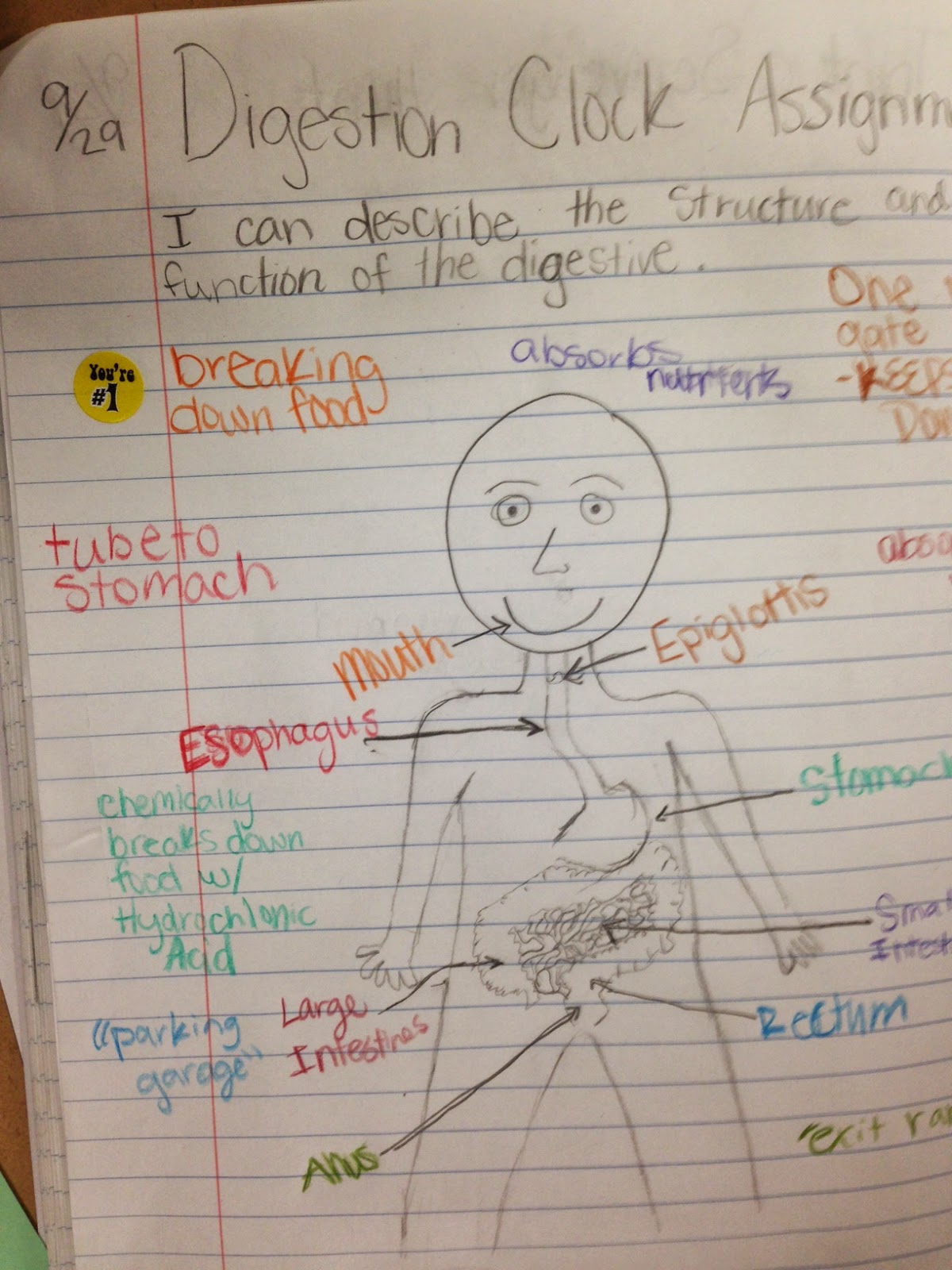Today students put in handouts onto pg 25 and pg 27. We completed some of the notes on page 25, but we only got part way through. You are not responsible for filling in the rest of the blanks on the notes, we will go over those on Monday, Sept 22nd. Today you were assigned your first left hand clock assignment. Before you begin there are a few things you should remember:
1: The left side is your practice of the right side.
Since our notes were about the structure and function of bones, that is what the clock assignment is about.
2. Clock assignments are explained on page 4-Read the whole page the 1st time through, it is very helpful, but remember you only have to do 1 of the clock assignments, or you can come up with your own idea to show me what you know.
3. You only get what you give, if you don't put in much effort these assignments will not help you be successful. Don't waste your time, make your work worthwhile by really thinking deep about what you are learning.
Pictures coming soon!



















